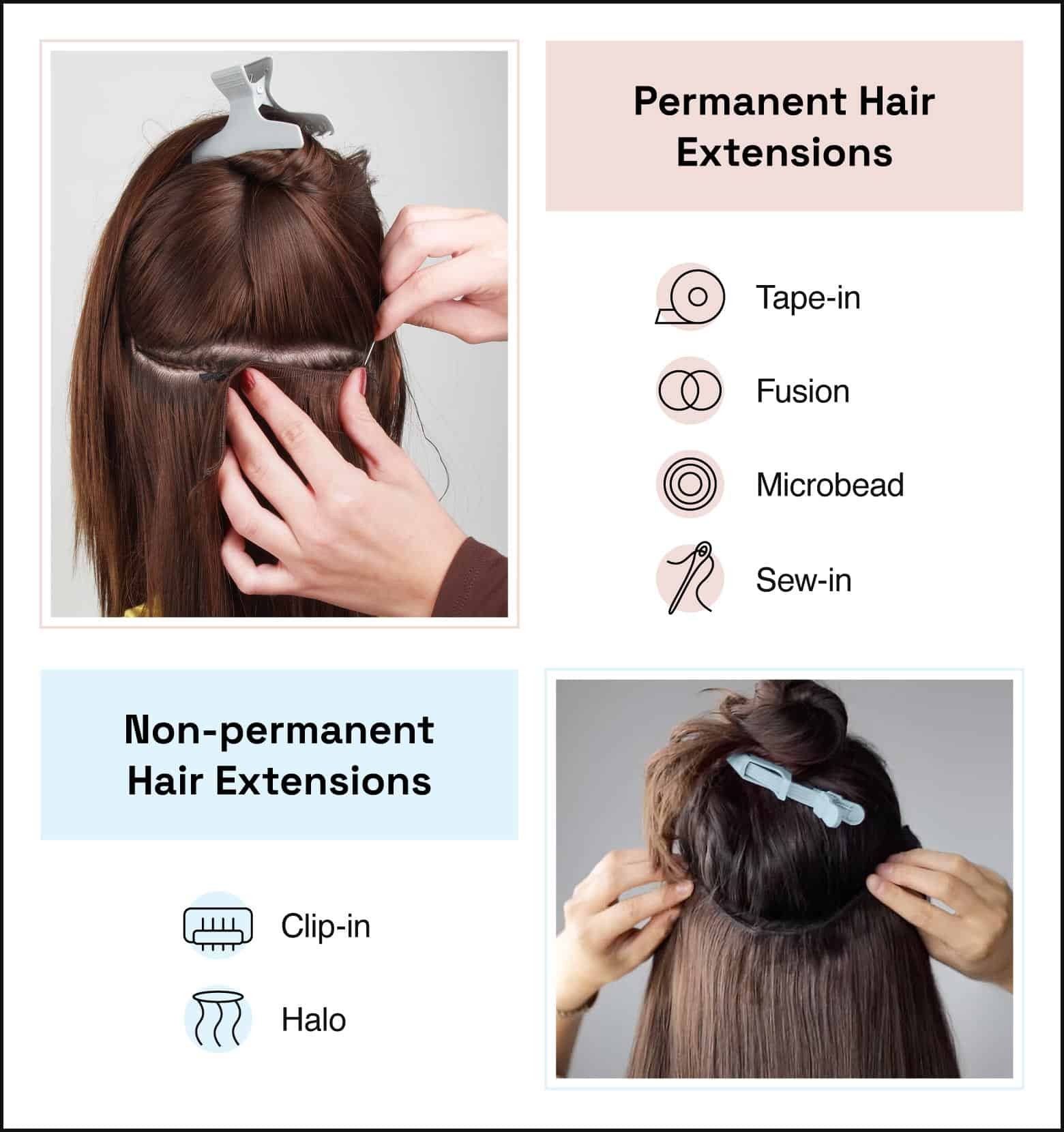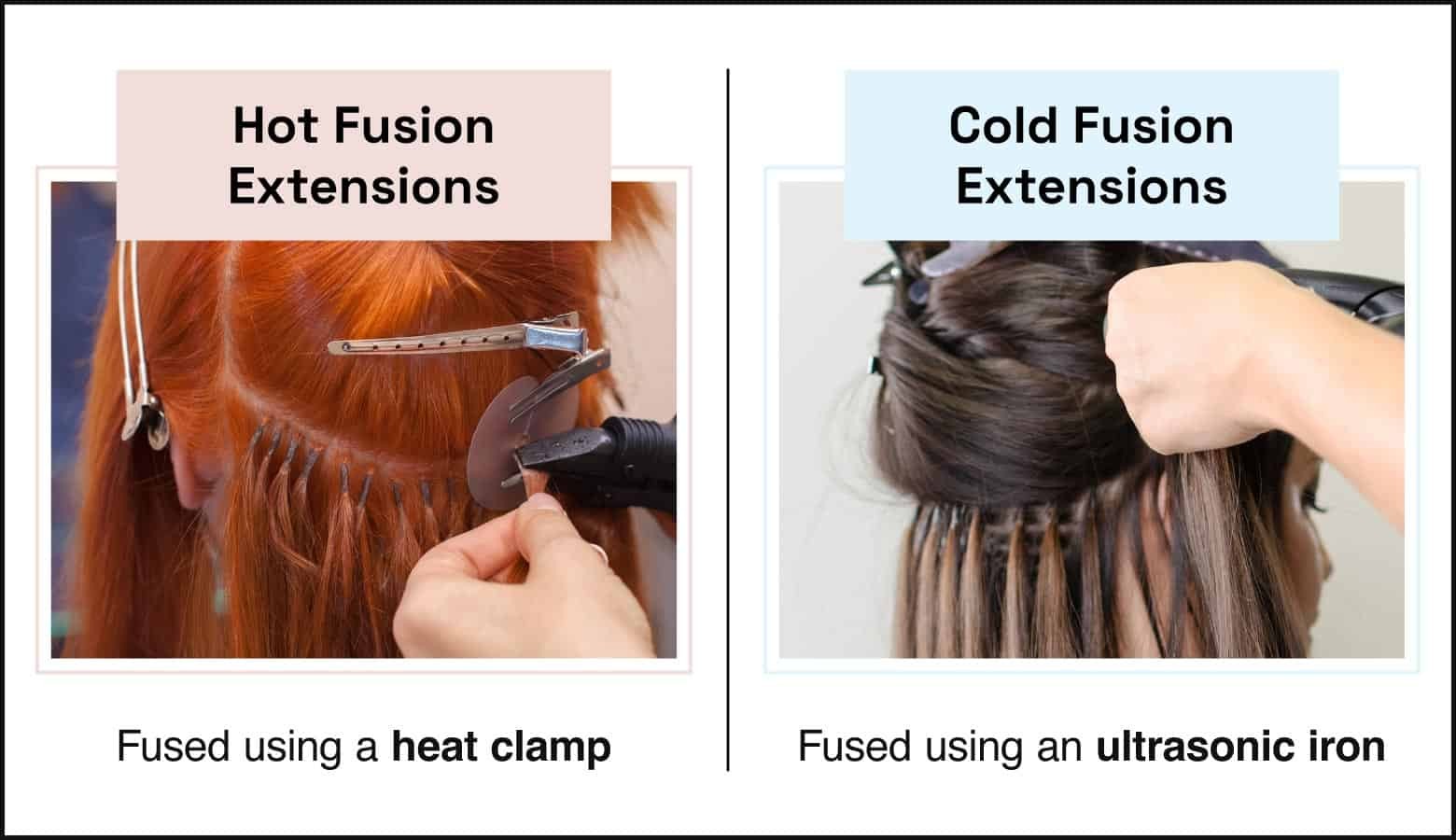Hair extensions offer a fantastic way to instantly transform your look, adding volume, length, and style flexibility. But before you dive in, understanding the costs involved is crucial. Hair extensions can range from affordable to quite an investment, depending on various factors. This guide breaks down the costs associated with weave extensions, helping you make an informed decision.
Understanding the Factors Influencing Weave Extension Costs
The price of weave extensions can vary significantly, typically ranging from $100 to $3000. Several key elements contribute to this wide range:
- Type of Extension: Different types of weave extensions have varying costs due to materials and installation complexity.
- Quality of Hair: The quality of the hair used in the extensions greatly impacts the price. Virgin Remy hair is more expensive than synthetic options.
- Number of Extensions: The amount of hair needed to achieve your desired look influences the overall cost. More hair means a higher price.
- Installation Method: Complex installation methods, such as sew-ins or fusion extensions, usually require professional expertise and thus, are more costly.
- Salon and Stylist: Salon location, stylist experience, and demand can affect appointment prices.
Breakdown of Weave Extension Costs by Type
Here’s a detailed breakdown of the average costs associated with different types of hair extensions:
| Type of Hair Extension | Cost | Description |
|---|---|---|
| Tape-in | $200-$800 | Applied with adhesive tape to your natural hair. |
| Fusion | $200-$3000 | Attached strand-by-strand using heat (hot fusion) or ultrasonic waves (cold fusion). |
| Microbead | $300-$2500 | Small beads secure the extension to your natural hair. |
| Sew-in | $200-$1500 | Extensions are sewn onto braids. A popular option known for its longevity. |
| Clip-in | $100-$400 | Temporary extensions with clips for easy application and removal. |
| Halo | $200-$500 | A single weft attached to a wire that sits around the crown of your head. |


Keep in mind that these prices are estimates. The actual cost can change based on the factors mentioned earlier. Getting quotes from multiple stylists is always recommended.
Permanent vs. Non-Permanent Weave Extensions: A Cost Comparison
Weave extensions are often categorized as either permanent or non-permanent, which also influences cost.
- Permanent Extensions ( $200 – $3000): These extensions are designed for longer wear and typically require professional installation. Examples include tape-ins, fusion, microbeads, and sew-ins. While more expensive upfront, they can last several weeks or months with proper maintenance.
- Non-Permanent Extensions ($100 – $500): Non-permanent options are easier to install and remove at home, making them more affordable. Clip-ins and halo extensions fall into this category. They are ideal for those who want to change their look frequently or are on a budget.
Permanent vs. Non-Permanent Hair Extensions: Visual comparison of different attachment methods.
Detailed Cost Breakdown of Popular Weave Extension Types
Let’s take a closer look at the costs associated with some of the most popular weave extension types:
Tape-In Extensions ($200 – $800)
Tape-in extensions involve attaching hair wefts to your natural hair using special adhesive tape. They offer a relatively quick installation process and can last for several weeks.
Longevity: With proper care and salon visits every 4-8 weeks for repositioning, tape-in extensions can be reused for up to a year.
Fusion Hair Extensions ($200 – $3,000)
Fusion extensions involve attaching individual strands of hair to your natural hair using either heat (hot fusion) or ultrasonic waves (cold fusion).
- Hot Fusion: Keratin glue and a heat clamp are used to bond the extension to your hair.
- Cold Fusion: An ultrasonic iron is used instead of heat. This method is generally more expensive.
Longevity: Fusion extensions are durable and can last for several months, requiring maintenance appointments every 2-3 months.
Hot vs. Cold Fusion Hair Extensions: Comparison of heat-based and ultrasonic attachment methods.
Microbead Extensions ($300 – $2,500)
Microbead extensions involve attaching hair strands or wefts to your natural hair using small beads that are clamped in place.
Longevity: Microbead extensions can be reused for a couple of years with regular maintenance appointments (every 6-8 weeks) to reposition the beads.
Sew-In Extensions ($200 – $1,500)
Sew-in extensions (or weaves) involve braiding your natural hair and then sewing the extensions onto the braids.
Longevity: Sew-in extensions can last for approximately 6-12 weeks with proper care. Regular touch-up appointments may include re-braiding, trimming, and scalp cleaning.
Clip-In Extensions ($100 – $400)
Clip-in extensions are temporary and feature clips that allow you to attach and remove them easily at home.
Longevity: Clip-in extensions can last for 6-12 months, depending on how often you wear them and how well you maintain them.
Halo Extensions ($200 – $500)
Halo extensions consist of a single weft of hair attached to a clear wire that sits around the crown of your head. They are easy to apply and remove.
Longevity: Halo extensions typically last for 3-6 months.
What Type of Hair Offers the Best Value?
The type of hair you choose also impacts the overall cost and longevity of your weave extensions:
- Virgin Hair: This is the highest quality hair, as it has not been chemically processed. Remy virgin hair, in particular, is known for its longevity and minimal tangling. While expensive, it can be a worthwhile investment if you plan to wear your extensions for an extended period.
- Synthetic Hair: Synthetic hair is a more affordable option but is best suited for short-term looks. It cannot be dyed or styled with heat.
The Importance of Professional Salon Installation
While some extensions (like clip-ins) can be installed at home, complex extensions like fusion and microbeads are best left to professionals. Salon installation offers several benefits:
- Expertise: Skilled stylists have the knowledge and experience to install extensions correctly, minimizing the risk of damage to your natural hair.
- Blending: Stylists can cut and dye the extensions to seamlessly blend with your natural hair.
- Long-Term Savings: Although salon installation costs more upfront, it can save you money in the long run by preventing costly mistakes and damage to your hair.
Consider scheduling a consultation with a stylist to discuss your hair goals, assess your hair type, and get a personalized recommendation for the best type of extensions for you. They can also provide a detailed cost estimate for the installation and maintenance.
Conclusion: Making an Informed Decision About Weave Extension Costs
The cost of weave extensions depends on numerous factors, including the type of extension, hair quality, and installation method. By understanding these factors and doing your research, you can make an informed decision that fits your budget and helps you achieve your desired look. Remember to consult with a professional stylist for personalized advice and accurate cost estimates. Investing in quality extensions and professional installation can lead to a stunning transformation and long-lasting results.
